By Albert Mroz
What may be the world’s largest collection of tanks and half-tracks, as well as other treaded vehicles and related artifacts, is not in the hands of any government branch or army office. Instead, it is owned by a private American citizen, Jacques Littlefield of Portola Valley, California.
As an economics student in the early 1970s at Stanford University, Littlefield followed his engineering interests and built three radio-controlled model tanks while working on his MBA degree. The models consisted of a 1/8-scale M48A3 tank, a 1/5-scale T34/85 Soviet tank, and a 1/4-scale M60A1 battle tank. A stint with Hewlett-Packard as a manufacturing engineer saw him successfully test his accomplishments in mechanical design with, among other things, his miniature tanks.
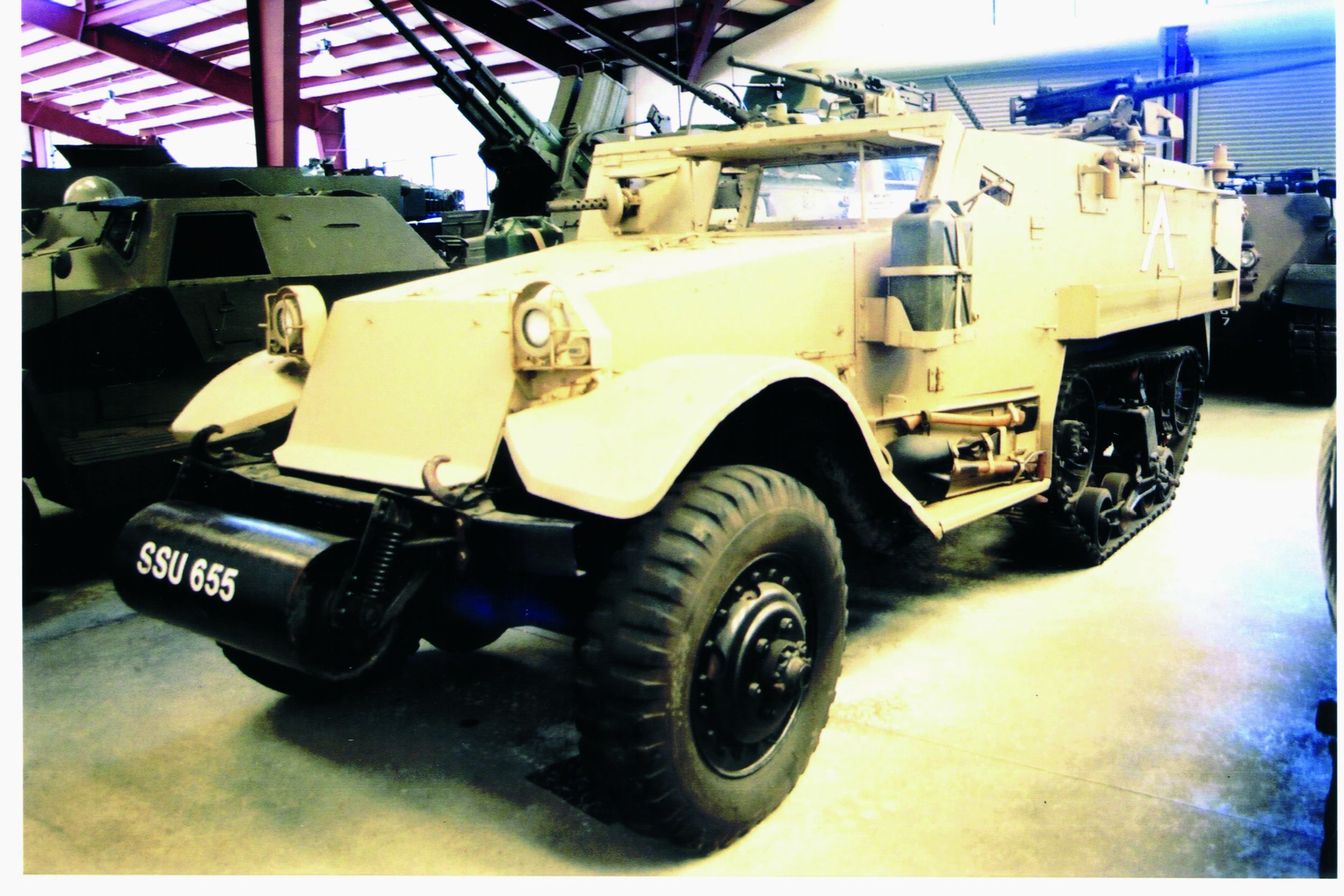
Littlefield remained interested in military vehicles, and fortunately for him, he had the means to pursue his hobby of vehicle restoration. His first restoration was an M3A1 armored scout car built by White manufacturers during World War II, for which Littlefield paid $3,500 and spent more on the authentic restoration. It is still in his collection of over 200 vehicles, most of them armored and on tracks. “I’m interested in all mechanical things, how they work, how they run,” Littlefield says. “The fact that they’re weapons is almost beside the point. The fact that I can help preserve military vehicles that have played important parts in world history from being scrapped or allowed to rust away in some field adds to the enjoyment I receive from the hobby.”
His father, Edmund Littlefield, was in the civil engineering field, primarily as an owner of the Utah International Mining Construction Company, which built the Hoover Dam and the San Francisco Bay Bridge, among other megascale projects. The elder Littlefield later sold the company to General Electric. This left the family with some serious hobby money. Since that time, Jacques Littlefield has collected wholeheartedly, storing and displaying various personnel carriers, half-tracks, self-propelled guns, tanks, trucks, and artillery pieces on his 475-acre property, Pony Tracks Ranch, which once was owned by long-time San Francisco mayor “Sunny Jim” Rolph.
Through the years, Littlefield’s collection has grown tremendously. Although the total number of military vehicles he owns is close to 230, the exact number depends on how they are counted. Some vehicles have yet to be brought in from overseas or are used merely for parts. About 200 are in restored or operational condition. The unrestored vehicles have signs of wear on them from the real world, but their patina is that much more fascinating to any historian or military aficionado.
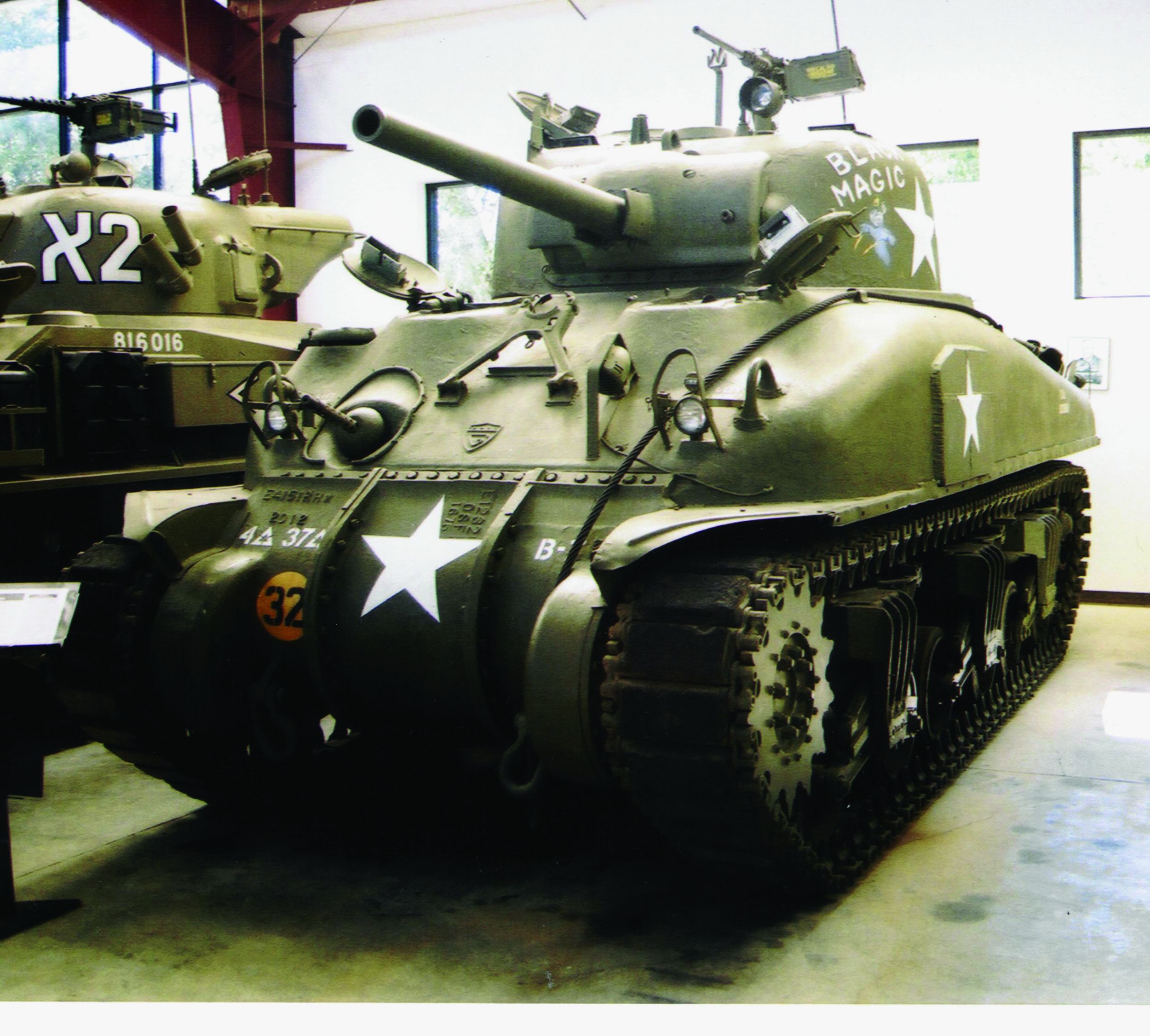
At Littlefield’s ranch, the sun is out most days on the hilltop in Portola Valley. A half dozen mechanics are employed by the museum, and they are kept constantly busy restoring rare vehicles brought in by big rigs from all over the United States. In 1983, when the first two tanks, purchased from the Portuguese Army, arrived for possible restoration (an M5A1 Stuart and an M4A1 Sherman), a restoration shop of some 10,000 square feet was built at Pony Tracks. The shop included a 15-ton crane to remove tank turrets. By 1988, Littlefield owned five large military vehicles. He also collected muscle cars and fire trucks.
One of the trickiest aspects of Littlefield’s collecting hobby involves hauling heavy tanks up a narrow, winding mountain road and successfully negotiating the steep driveway leading to his property’s private gate. Three years ago, a big rig driver got lost in the dark and became stuck in one of the neighbors’ driveways with a 57-ton tracked recovery vehicle on its low-boy trailer. “Who would drive a truck like that up here at night?” asks Littlefield. “I had to loan my neighbors a car until the driveway was clear. You have to be a good neighbor when you get involved in something like this.” Some neighbors still hold their breath at Fourth of July celebrations when Jacques crushes an old passenger car with one of his tanks.
Many of the tanks, bought from collectors in America or from foreign armies’ surpluses, are inexpensive, as little as $2,500. It is the shipping, insurance, and restoration that can get expensive. “I got my money the hard way; I inherited it,” jokes Littlefield, who in recent years has founded the Military Vehicle Technology Foundation to help keep track of his hobby.
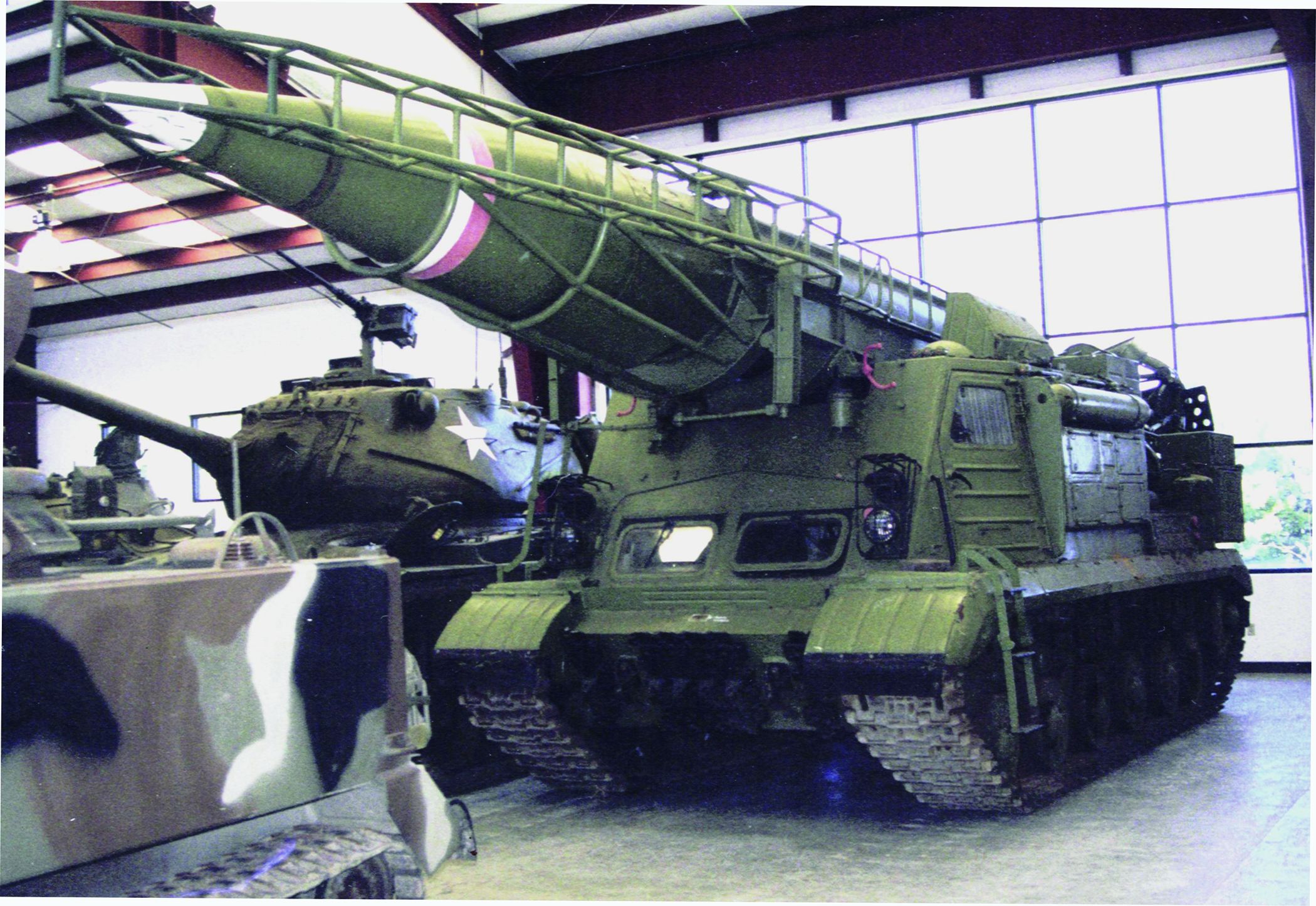
In many instances, vehicles are imported from overseas, although that number has drastically been reduced on account of new restrictions imposed by the U.S. government. Fearing the growth of militias and terrorist groups around the country, recent administrations have made it nearly impossible for private collectors to obtain an import permit for military hardware. By contrast, after the 1991 agreement by the Warsaw Pact and NATO to reduce their arsenals, armored tracked vehicles were much easier to obtain and to import when entire fleets were ordered scrapped as surplus.
Government officials are often professional worriers, however, and the Department of Alcohol, Tobacco, Firearms, and Explosives (ATF) recently confiscated a Scud-B missile it deemed too close to original condition, although it was a training dummy that could not be launched. The museum does contain one very rare 1955 Soviet Scud-A missile and its tracked carrier. For safety’s sake, it has had its fuel tank, launch rocket motor, and guidance system removed so that it can never be used as an explosive weapon. Once the rocket motor and guidance system are removed from the other missile, Littlefield hopes the Scud-B will be returned to his museum in Portola Valley.
Government restrictions on acquiring large weapons, even if decommissioned, are no less frustrating than taking one’s shoes off at the airport metal detector. All of the weapons at Littlefield’s museum have been de-milled, de-weaponized, demilitarized, or otherwise rendered inert to assure public safety. There is no live ammunition, although 37mm dummy shells are employed to show how they are loaded into the tank guns and field artillery. For thoroughly authentic restoration details, artists have been hired to paint the correct insignia, decals, numbers, and emblems on the vehicles after they are sprayed in their respective green or khaki camouflage colors.
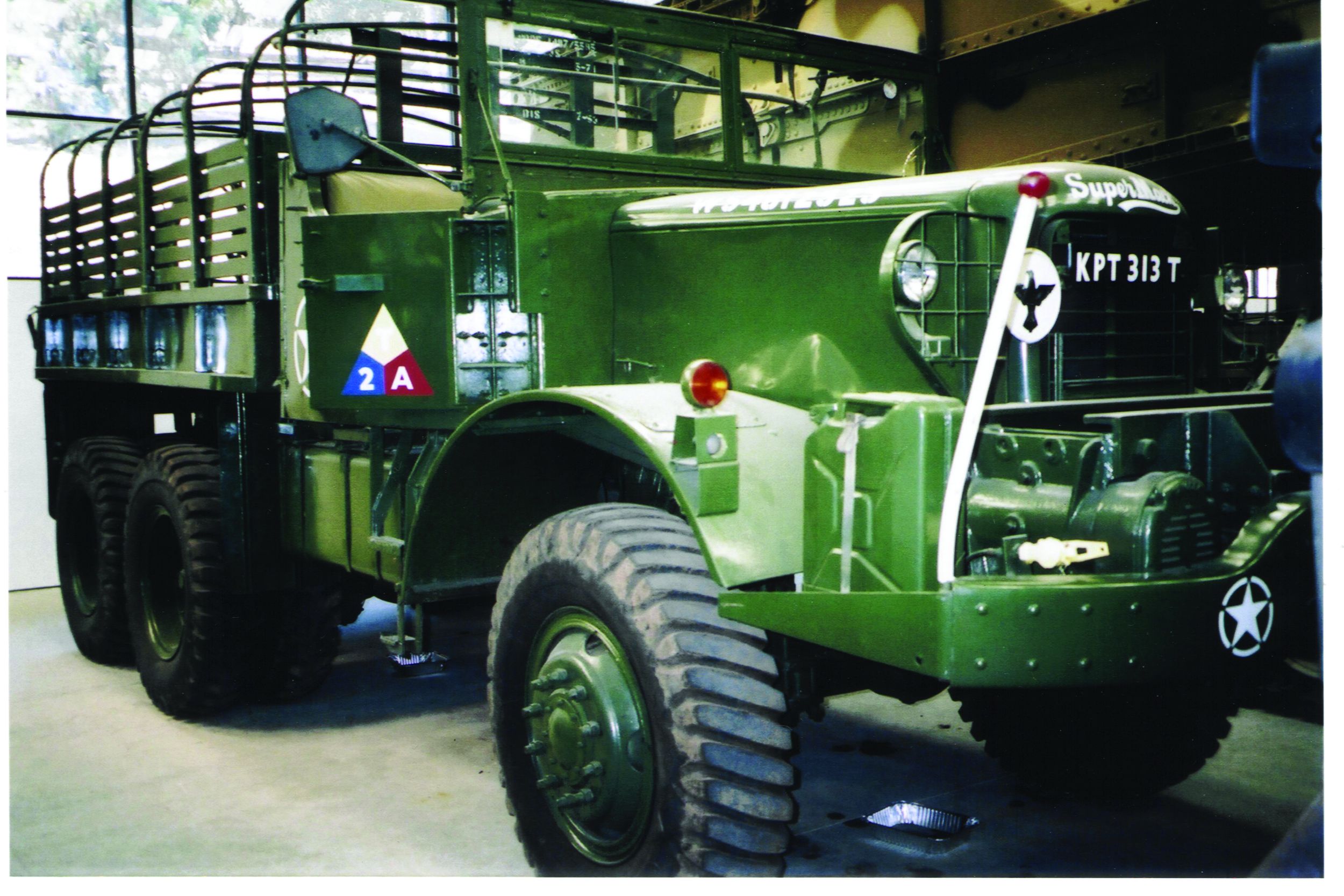
The museum contains two vehicles from World War I—a 1917 Renault tank built in the United States and a 1918 Citroen half-track from France. Many of the tanks are from the World War II era, the Korean War, Vietnam, Yom Kippur, Desert Storm, and even as recent as the Bosnian War. The largest artillery piece is an M1975 (SO-203) Russian self-propelled unit equipped with a 203mm cannon that had a 23-mile shelling range. The weapon was used by the Czech Army.
The largest tank in the collection is an English Conqueror tank from 1956. It was developed by the British after World War II, when bigger was considered better. The tank carries a 120mm gun whose design was based on the American 120mm (4.72-inch) tank gun. It was an all-welded design using a Horstmann eight-wheel array suspension system and an 810hp Rover Meteor M-120 Mk1A V-12 gasoline engine. The tank’s armor was upped to 200mm (7.12-inch). It was built by the Royal Ordnance Factory in Leeds, England. Even with this heft, it had a range of about 90 miles.
The Conqueror tank is 13 feet high and 38 feet long, and is capable of 21 mph. Due to the fact that it weighs 74 tons (65 tons in its lightest guise), as well as its overall size, it required special transporters and bridges. It was the largest tank ever built, but it was deemed impractical. For starters, it was not easily maneuverable and was unreliable, with electrical problems plaguing it from the beginning of its seven-year career. One of the biggest problems was the empty case extraction system. Once removed from the breech, the spent shell would fall onto a hoist, which in turn would raise it up to a chute and an automatic door on the side of the turret. This overly complicated system broke down on every conceivable occasion, according to officers of the Royal Tank Regiment.
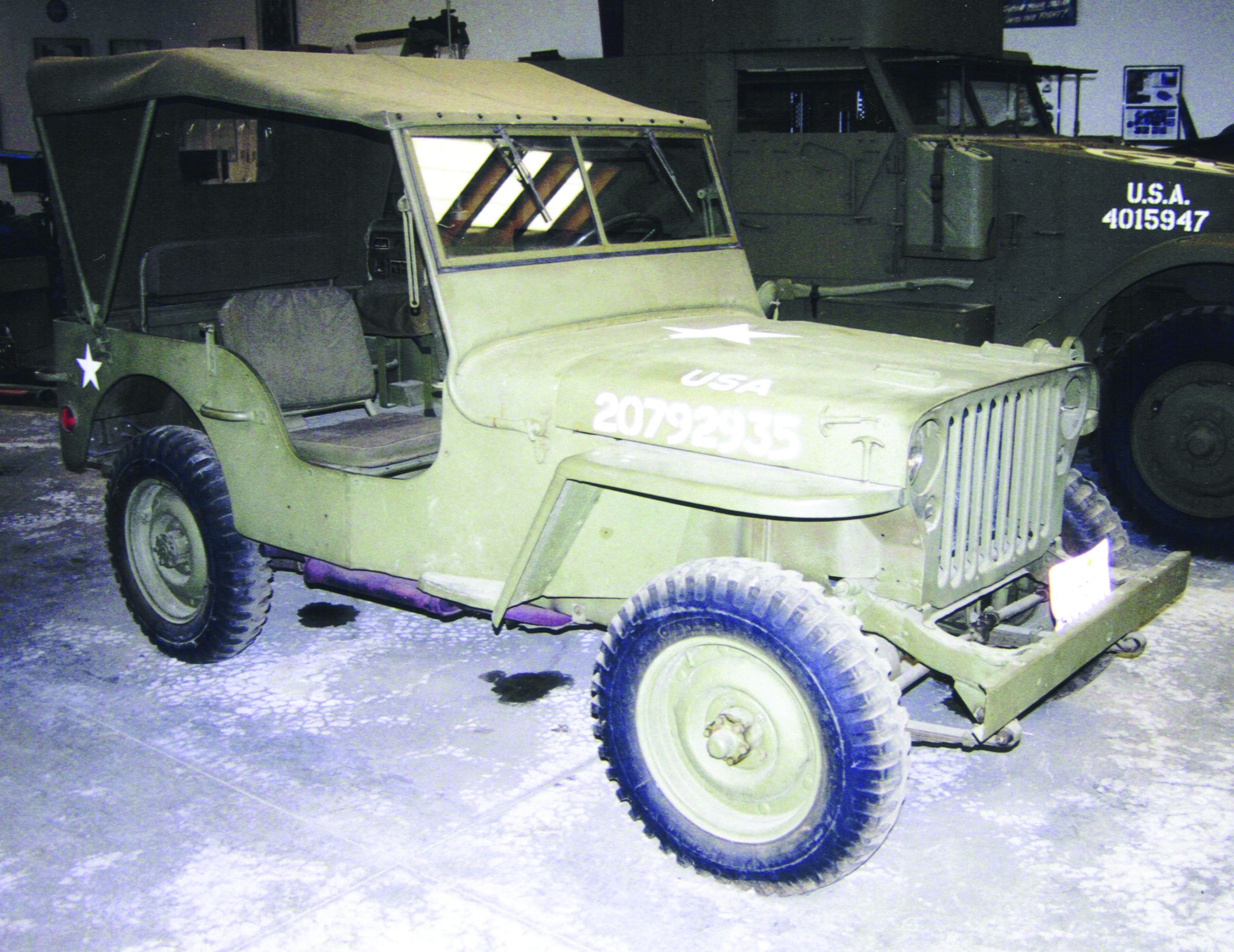
Littlefield’s museum has both surviving models of the tank. One was cannibalized to create a fully functioning vehicle out of the other. The challenge of making the giant tank operational was as daunting as any engineering firm might have encountered. It should be noted that three-fourths of the vehicles at the museum are in running condition, which is no easy feat for even the best maintenance shops, whether they are military or privately operated.
Visitors are treated to detailed exhibits in which tanks, trucks, half-tracks, and personnel carriers contain samples of food rations, gas masks, inert ammunition, helmets, rifles, and other equipment that would usually be found in the vehicles if they were being used by their respective military units. One section of the ever-growing museum contains an exhibit of enormous tank and half-track engines. There is also a display of cannon shells and other weapon replicas such as the RPG used in the Middle East during the Iraq and Afghanistan wars, which is still commonly in use today.
Some acquisitions came from the nearby Silicon Valley testing grounds at FMC, where the Bradley vehicle was built and tested. The FMC Mobility Technology Test Bed (MTTB) was tested in Santa Clara at 70 mph just a few years ago. “I don’t want to be doing what everyone else is doing,” said Littlefield. “I plan to expand the museum for a long time.” His Pony Tracks Ranch also has a miniature railroad as well as a two-story pipe organ in its own building, which is used by Stanford University students for recitals. The collection can be seen by appointment only, and the two-hour guided tour gives only a glimpse of all there is to see on Littlefield’s property. Tours are booked many months in advance.
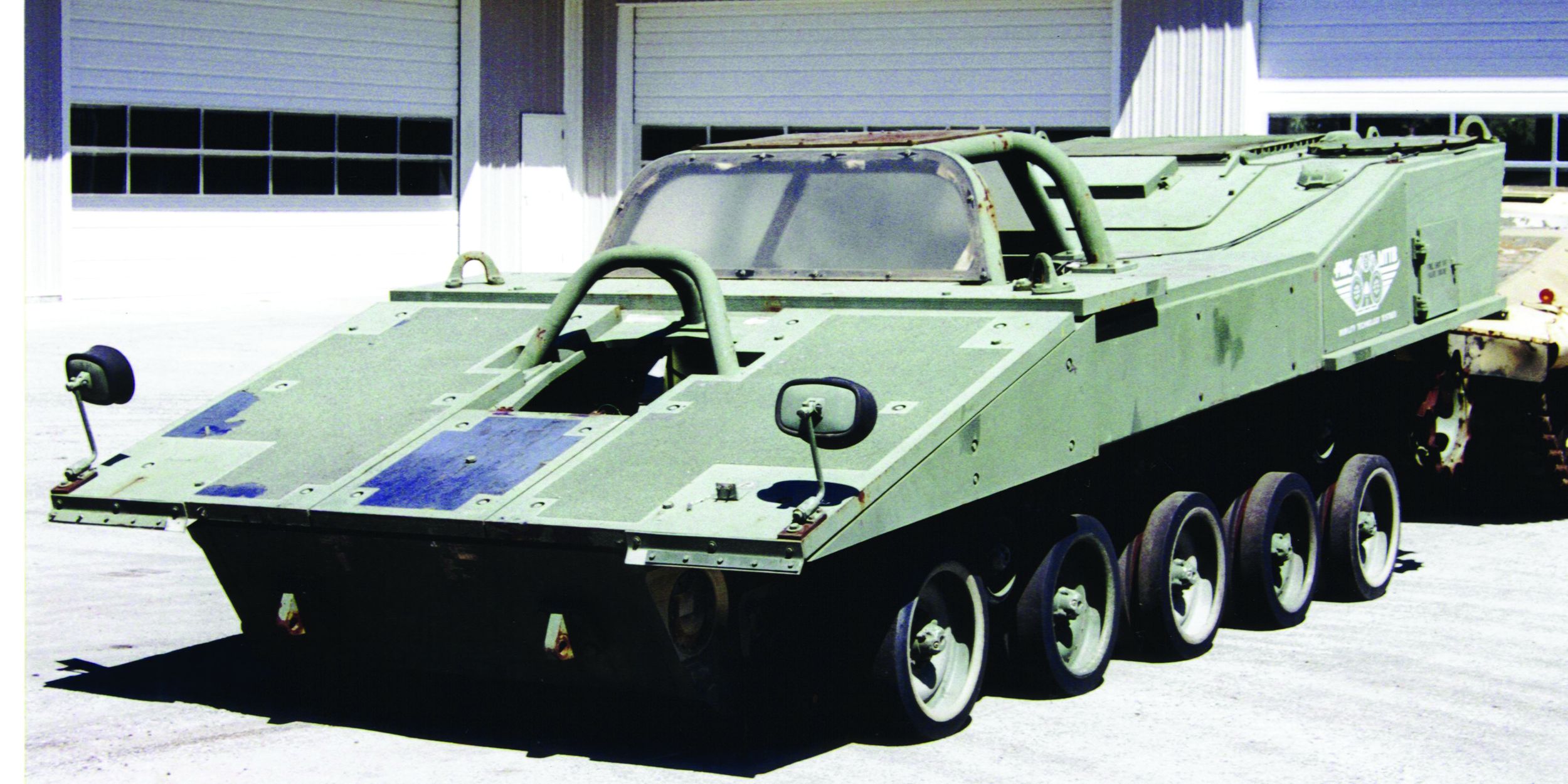
A glimpse into how Littlefield acquires his tanks can be illustrated by a fairly recent transaction he conducted with a vehicle dealer named Robert Fleming, who knew of 15 tanks available through the Ministry of Defense in Bosnia, including sought-after M18 Hellcats that were being sold by NATO near Srebrenica. Littlefield bought 10 of the vehicles and had them trucked through Serbia, Bosnia, and Croatia to the port of Ploce, where the vehicles were loaded onto a ship bound for Liverpool. From there, they were floated through the Panama Canal around to California. Another new restoration project involves a rare German Panzer tank dating from 1944, which was found recently after it had sat in a Polish bog for years.
“My three kids aren’t so interested in this,” Littlefield recently told the San Jose Mercury News. He said he expected that one day the collection would end up at a military museum such as the U.S. Army’s General George S. Patton Museum at Fort Knox, Kentucky. “There may not be much appreciation now,” he concludes, “but hopefully after I’m gone people will look back and say, ‘Thank God he saved these historical vehicles instead of letting them rust away and disappear forever.’”
EDITOR’S NOTE: Jacques Littlefield passed away on January 7, 2009, after a 10-year battle with cancer. He was 59 years old. In 2014, 160 vehicles of the Littlefield collection were auctioned off to fund the creation of a new museum to display the collection. The American Heritage Museum at the Collings Foundation headquarters in Stow, Massachusetts, had its grand opening in May 2019 and displays over 85 vehicles of the Littlefield collection.
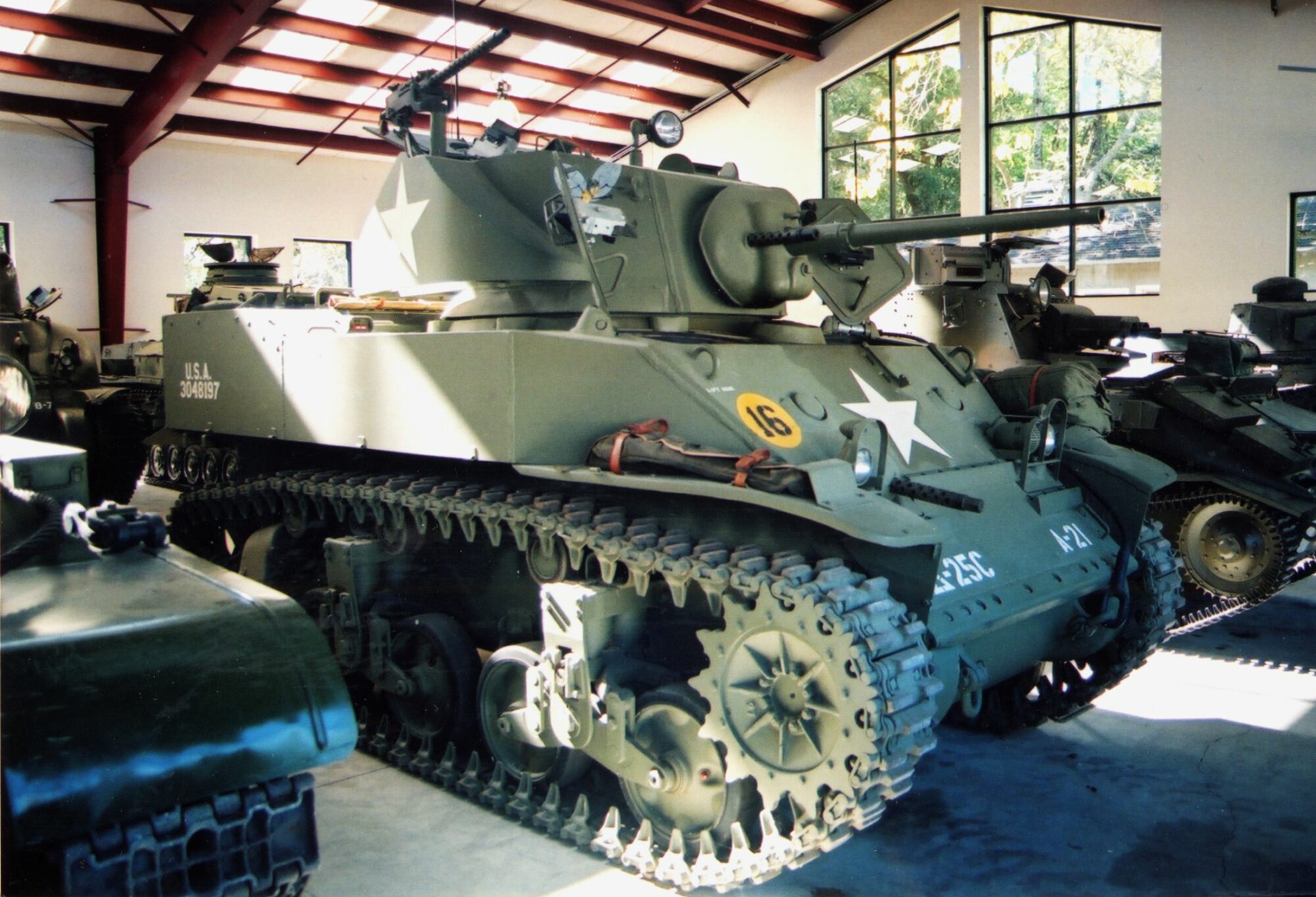

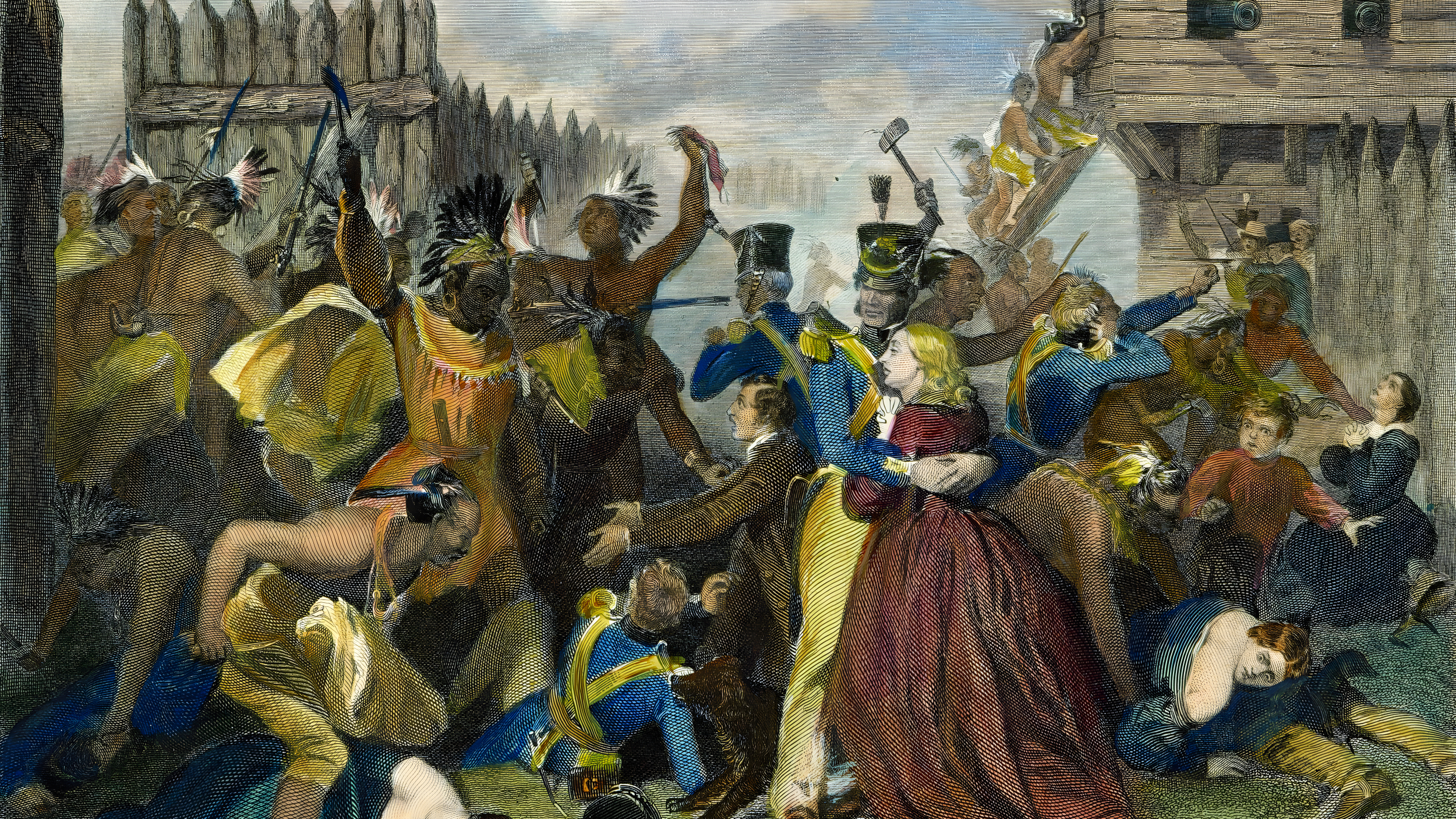
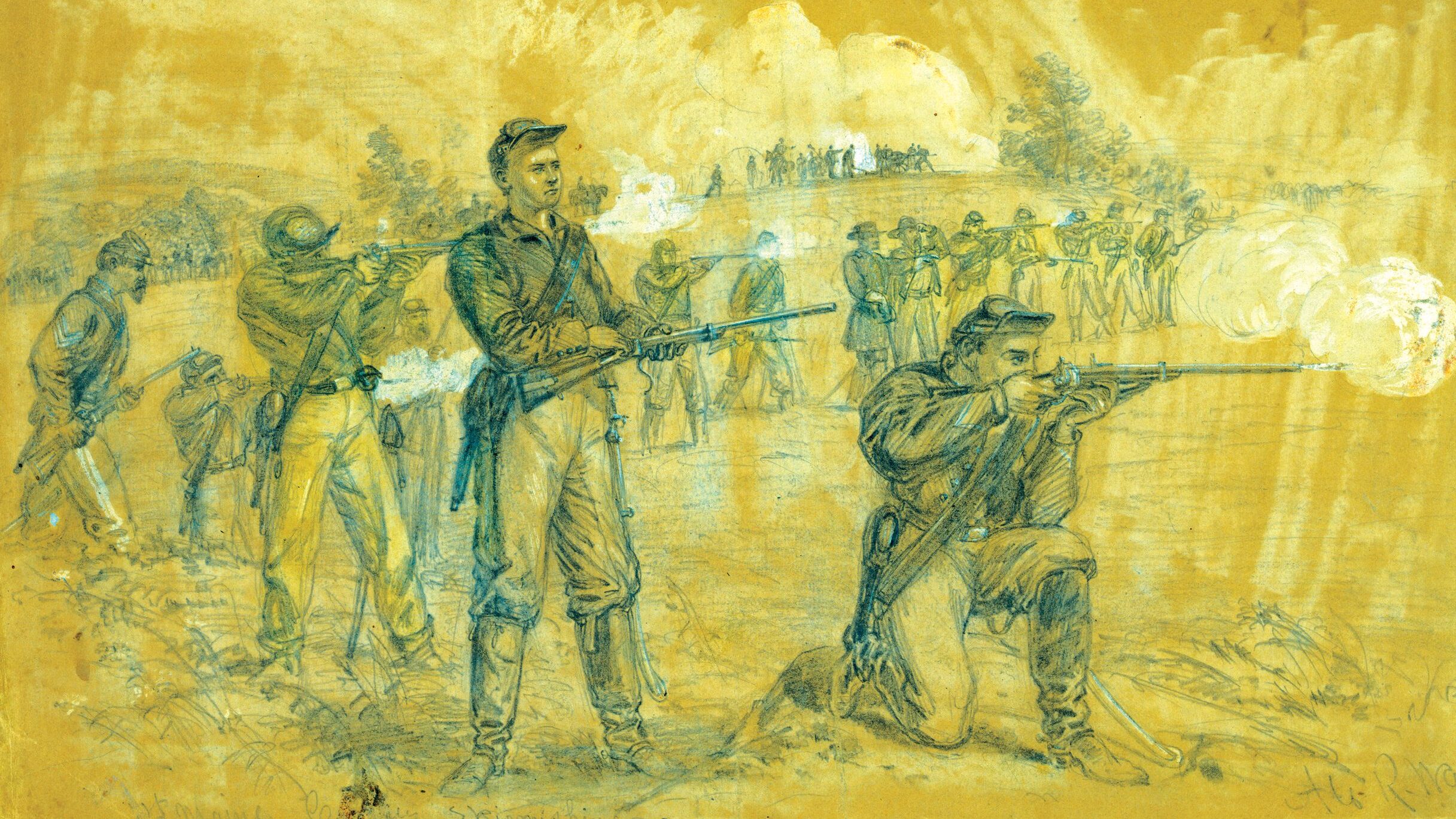
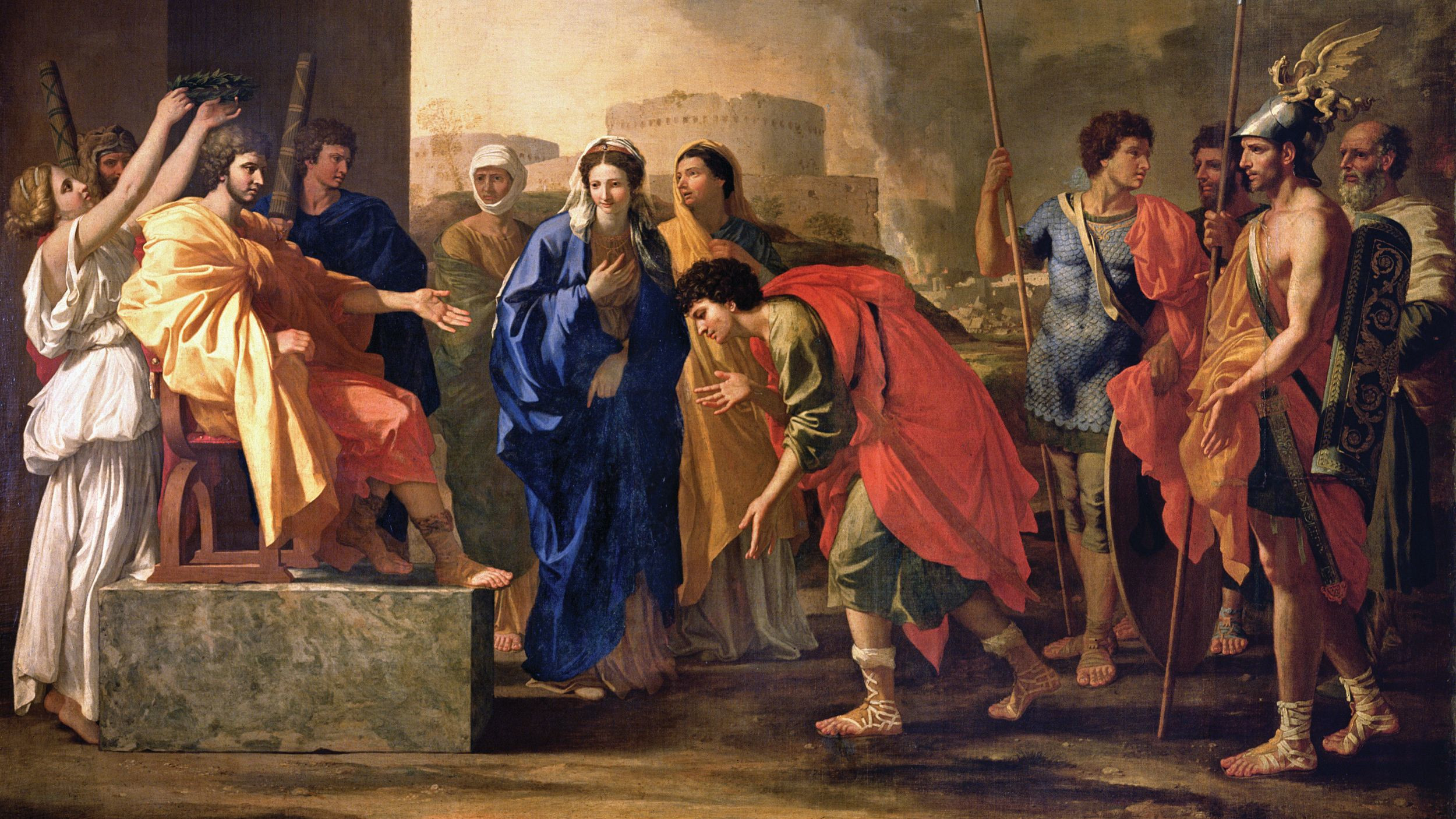
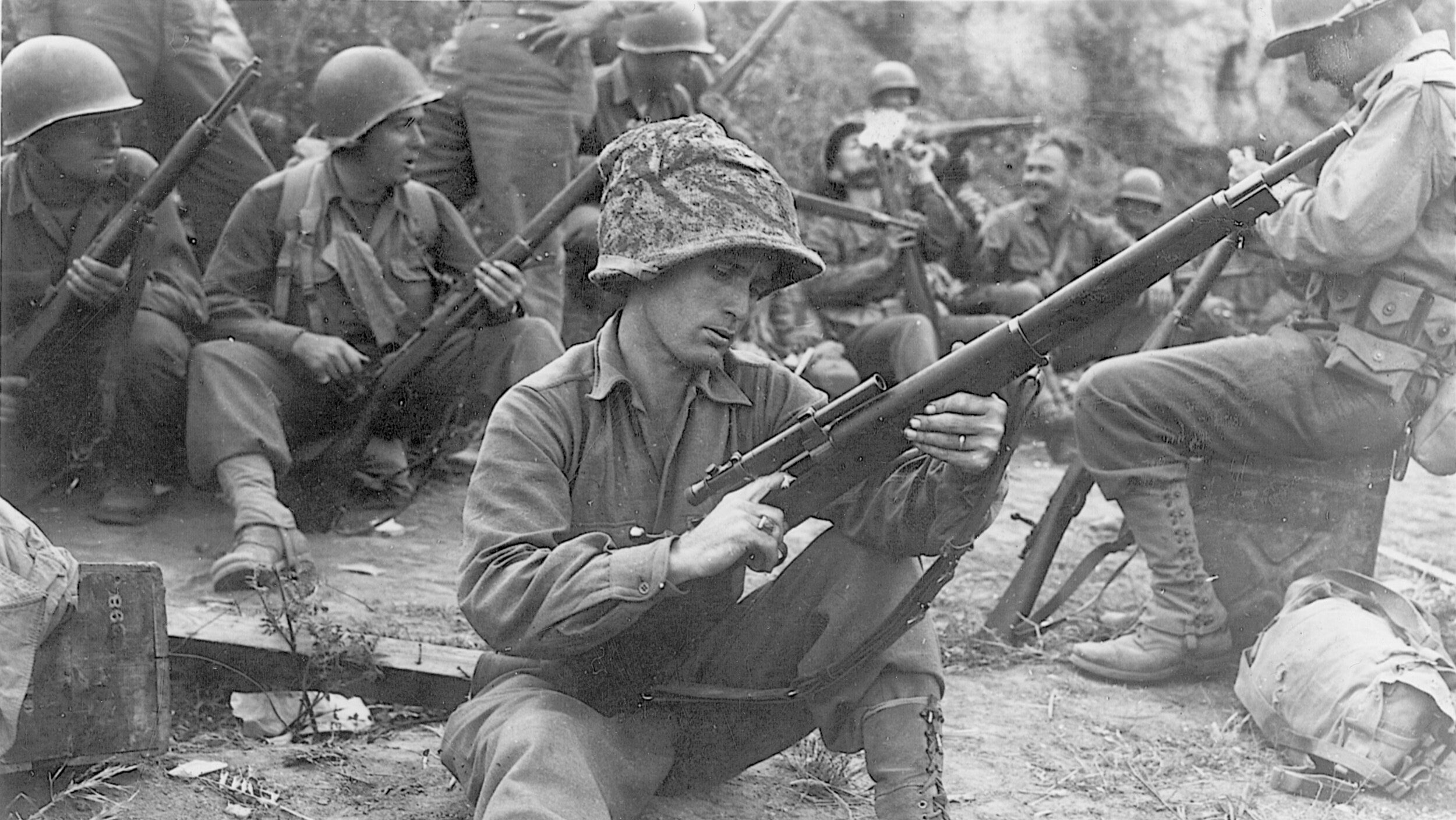
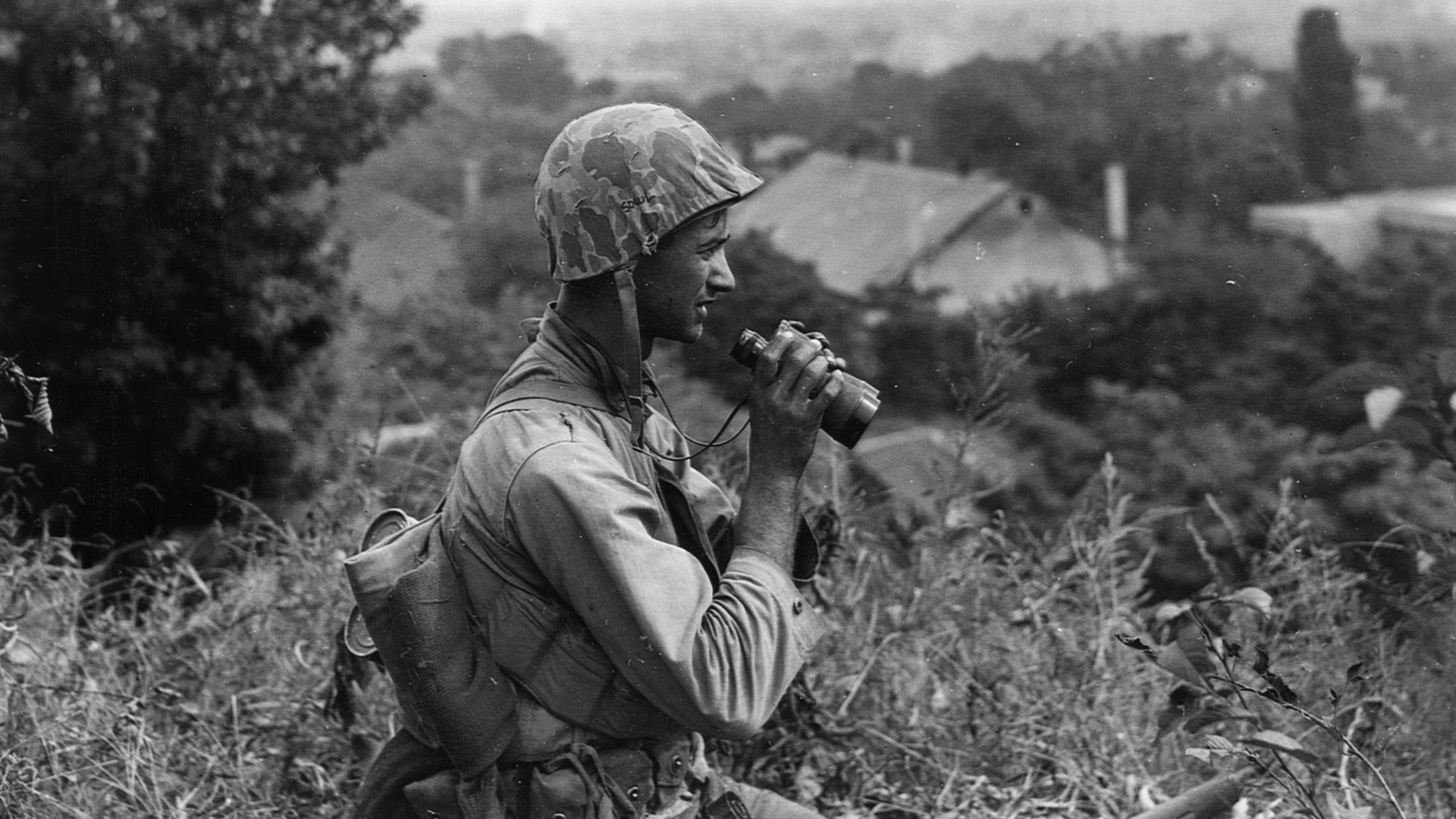
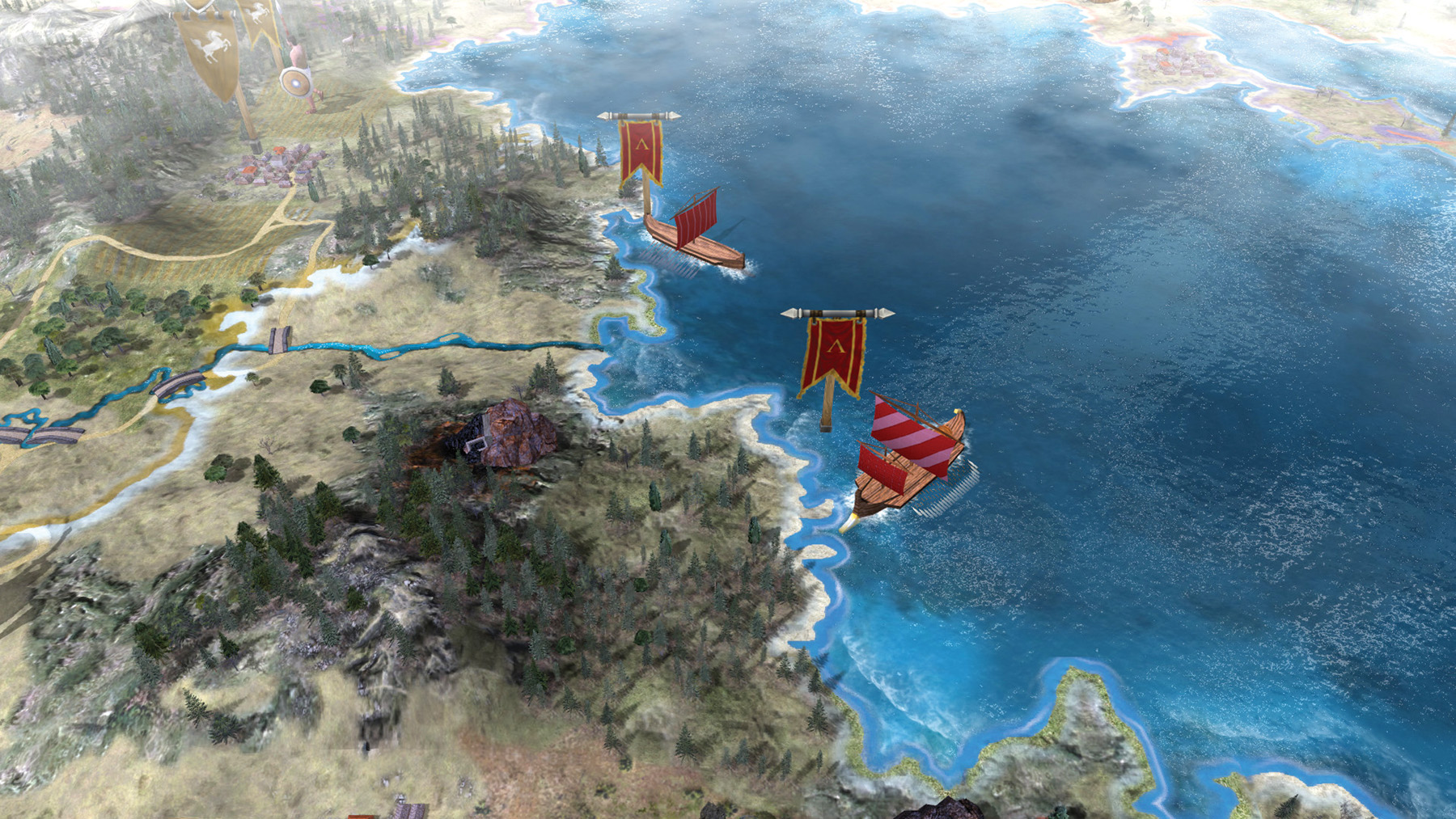
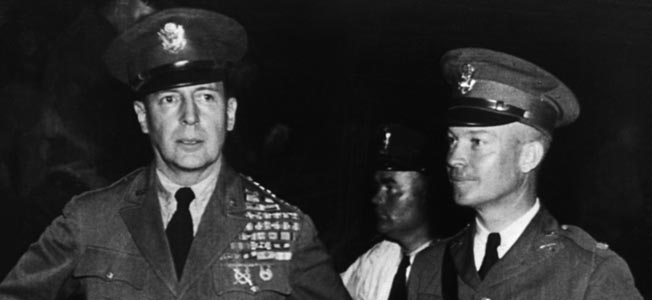
Join The Conversation
Comments
View All Comments